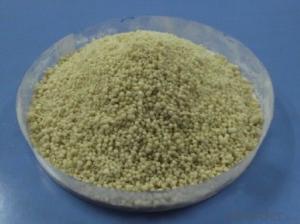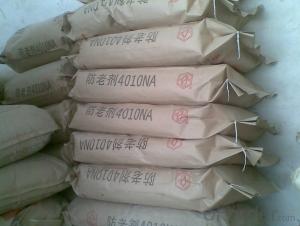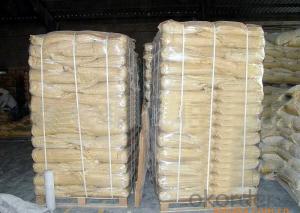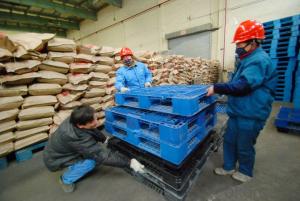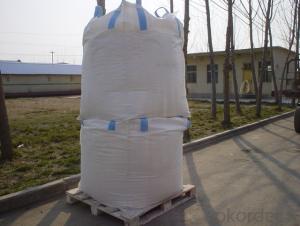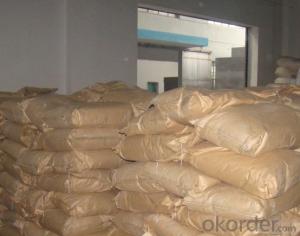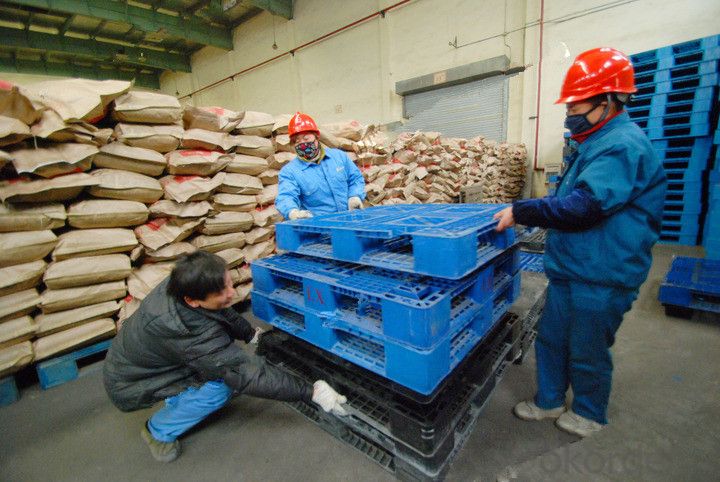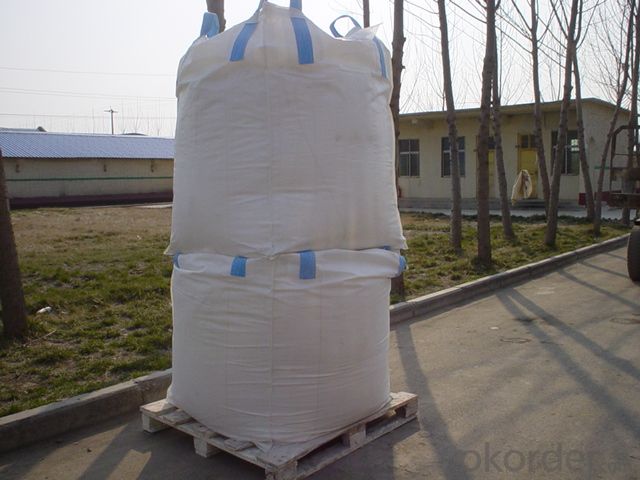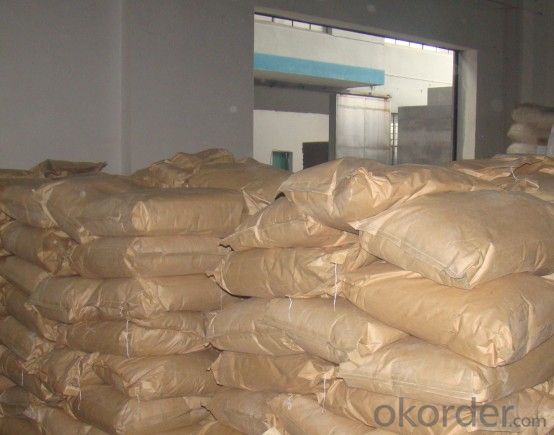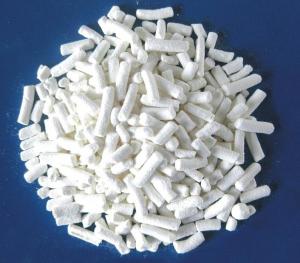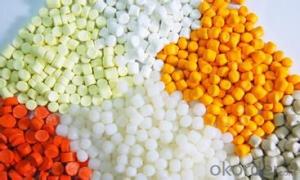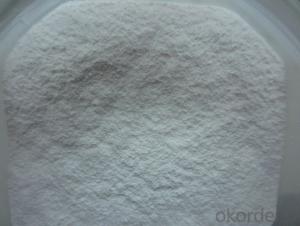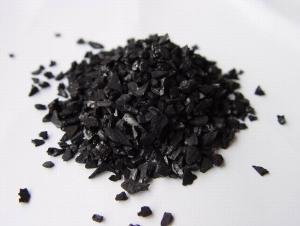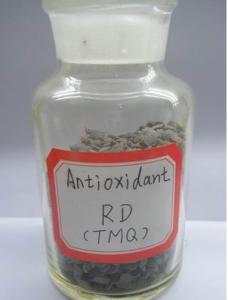RUBBER VULCANIZING ACCELERATOR DCBS (DZ)
- Loading Port:
- Tianjin
- Payment Terms:
- TT OR LC
- Min Order Qty:
- 25 m.t.
- Supply Capability:
- 12000 m.t./month
OKorder Service Pledge
OKorder Financial Service
You Might Also Like
RUBBER VULCANIZING ACCELERATOR DCBS (DZ)
Chemical Name : N ,N-Dicyclohexyl-2-Benzothiazole sulfonamide
Molecular Formula: C19H26N2S2
Molecular Weight: 346.56
CAS NO. : 4979-32-2
Executive standard:QB/DZ01-2008
Specification:
Item | Index |
Acceptable end-product | |
Appearance(Visual inspection) | Light yellow to light brown powder |
Initial M. P, oC ≥ | 98.0 |
Loss on drying,% ≥ | 0.50 |
Ash,% ≤ | 0.50 |
Properties: Light yellow to light brown powder, the relative density of 1.2, soluble in benzene, dichloromethane, carbon tetrachloride, insoluble in gasoline, acetone, ethyl acetate and ethanol, insoluble in water.
Application: DCBS is a sulfenamide accelerator with excellent anti-scorching property and delayed onset of cure. It is compatible with natural and synthetic rubbers, suitable for radial ply tyre, rubber belts and shock absorber, etc. Particularly it produces good adhesion to metal.
Packaging: 25kg plastic woven bag, paper with plastic film bag, 25kg drum.
Storage: The product should be stored in the dry and cooling place with good ventilation, avoiding exposure of the packaged product to direct sunlight. The validity is 1 year.
Note: The product could be ultra fine powder based on customer accurate requirement.
- Q: High chemistry: Does the catalyst affect the heat and heat of the reaction?
- No
- Q: Does the catalyst participate in chemical reactions?
- The catalyst does not participate in the chemical reaction, it only plays an auxiliary role.
- Q: Always speeds the reation ratedoes not affect the reation rateundergoes a chemical changedoes not become part of the chemical changealways slows the reation rate
- Always speeds the reaction rate.
- Q: Is the catalyst in the field of inorganic chemistry?
- In particular, the chemical and homogeneous catalysis of inorganic chemistry has deep origins. Inorganic chemistry, oxides (such as metal oxides), family elements (such as the chemical behavior of transition metal elements) can be provided for catalytic science Support and guidance.
- Q: I think doubling the concentration of catalyst will double the rate of a reaction (K2/K1 =2). I want to confirm. This is for my project work. Please reply as soon as possible.
- A catalyst speeds up a chemical reaction by providing an alternate reaction pathway with a lower activation energy, thus increasing the number of collisions that can result in the formation of product. When the catalyst is a reactant in the rate determining step, and the reaction is first order in the catalyst, then a doubling of the concentration will double the rate. But if the rate determining step which includes the catalyst is not first order, then doubling the concentration won't double the rate. Then there is the case of a heterogeneous catalyst in which the reaction is essentially zero order in the catalyst. The amount of catalyst won't affect the speed of the reaction beyond the initial increase. The mere fact that the catalyst is present speeds up the reaction.
- Q: Several experiments were carried out using catalysts
- Hydrogen peroxide in the manganese dioxide as a catalyst for decomposition reaction: 2H2O2 == MnO2 == 2H2O + O2 ↑ (laboratory oxygen principle)
- Q: In the chemical reaction will have to use the catalyst reaction, such as H2O2 === (MnO2) H2O + O2 ↑, then the catalyst in the end to participate in the reaction (that is, the catalyst itself is the reactant) If so, why are some of these substances in the reaction (these substances refer to the catalyst) in the reaction after the quality and nature of the change does not change?
- The composition, chemical properties and quality of the catalyst itself do not change before and after the reaction; its relationship with the reaction system is as highly selective (or specific) as the relationship between the lock and the key. A catalyst does not catalyze all chemical reactions. For example, manganese dioxide catalyzes the thermal decomposition of potassium chlorate, accelerates the reaction rate, but does not necessarily have a catalytic effect on other chemical reactions. Some chemical reactions are not only the only catalyst, such as potassium chlorate can be thermally decomposed to catalyze the presence of magnesium oxide, iron oxide and copper oxide and so on.
- Q: and can you give me an example of it .. please give it in easy terms if you can. thanks
- A catalyst is something that speeds up a reaction. Heat is a catalyst. An example is the catalytic converter in a car, it speeds up the reaction and makes the fumes coming out not as toxic.
- Q: Is it not the rate to accelerate the addition of the catalyst to the catalyst, and that is why the balance does not move
- In the chemical equilibrium, after adding the catalyst, the positive and negative reaction rate increases equally, but the positive reaction rate is still equal to the reverse reaction rate, so the balance does not move
- Q: how a catalyst can provide a new route in forming the product?
- a catalyst does not provide a new route. a catalyst effects the rate of a reaction by lowering the activation energy required for the reaction - the number of successful collisions and reactions therefore increase and rate of reaction increases.
Send your message to us
RUBBER VULCANIZING ACCELERATOR DCBS (DZ)
- Loading Port:
- Tianjin
- Payment Terms:
- TT OR LC
- Min Order Qty:
- 25 m.t.
- Supply Capability:
- 12000 m.t./month
OKorder Service Pledge
OKorder Financial Service
Similar products
Hot products
Hot Searches
